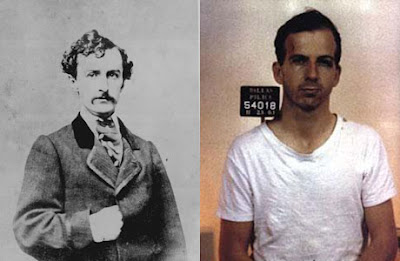




China celebrates 60th Anniversary of Communist Revolution
The year 2009 marks the 60th anniversary of the communist takeover of

.jpg)


"Oscar-winning filmmaker Roman Polanski has been arrested in Switzerland on a decades-old arrest warrant stemming from a sex charge in California, Swiss police said Sunday.
Roman Polanski attends a film premiere in Paris, France, in June 2009.Polanski, 76, was taken into custody trying to enter Switzerland on Saturday, Zurich police said. A spokesman for the Swiss Justice Ministry said Polanski was arrested upon arrival at the airport.
He has lived in France for decades to avoid being arrested if he enters the United States and declined to appear in person to collect his Academy Award for Best Director for "The Pianist" in 2003.
The director pleaded guilty in 1977 to a single count of having unlawful sexual intercourse with a minor, acknowledging he had sex with a 13-year-old girl. But he fled the United States before he could be sentenced, and U.S. authorities have had a warrant for his arrest since 1978."
See more on CNN








Crop circles are patterns created by the flattening of crops such as wheat, barley, rapeseed (also called “canola”), rye, corn, linseed and soy.
The term was first used by researcher Colin Andrews to describe simple circles he was researching. Although, since 1990, the circles have evolved into complex geometries, the term circle has stuck.
Many circles are known to be man-made, such as those created by Doug Bower, Dave Chorley, and John Lundberg. Bower and
Various hypotheses have been offered to explain the formation of crop circles of unknown origin, ranging from the naturalistic to the paranormal. The main naturalistic explanation is that all crop circles are man-made, primarily as a hoax. Paranormal explanations suggest that, while some crop circles are man-made, others are the product of alien visitors or supernatural processes.







"For the Ga tribe in coastal Ghana, funerals are a time of mourning, but also of celebration. The Ga people believe that when their loved ones die, they move on into another life -- and the Ga make sure they do so in style. They honor their dead with brightly colored coffins that celebrate the way they lived.
The coffins are designed to represent an aspect of the dead person's life -- such as a car if they were a driver, a fish if their livelihood was the sea -- or a sewing machine for a seamstress. They might also symbolize a vice -- such as a bottle of beer or a cigarette.
Ablade Glover, an artist who works with the carpenters, says the coffin acts as a home in the afterlife, so it must be beautiful. But he laments that after putting so much time into creating the coffin, it gets hidden underground. .."
Source: Ghana Web